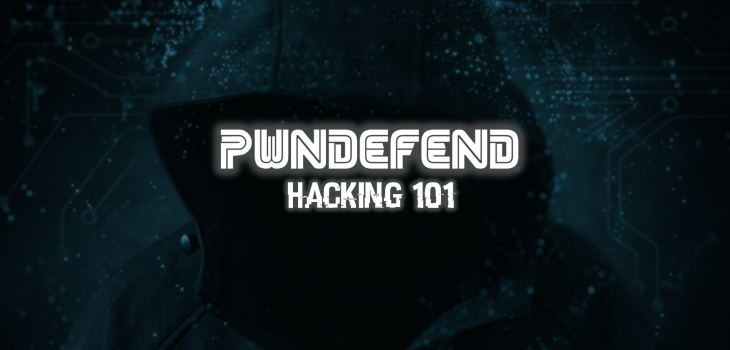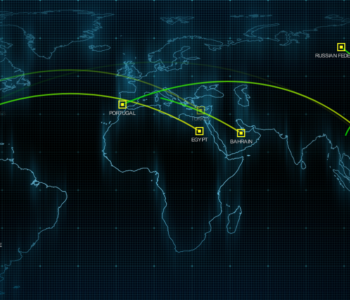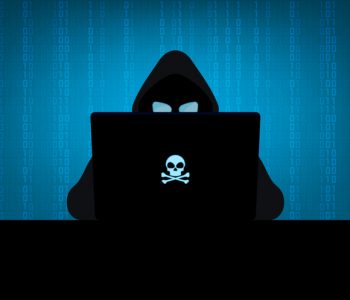 Guides
Guides
SMB (Server Message Block) Protocol Basics
SMB in a CLI world
If you are new or like me forget the bazzilion command syntaxes in the world, the use of the man command will be super helpful as well as google foo! To help people on their way here are some example of basic SMB tools, these come with kali.
SMB Ports
SMB typically operated on TCP 445








